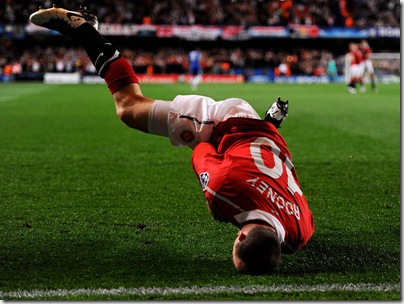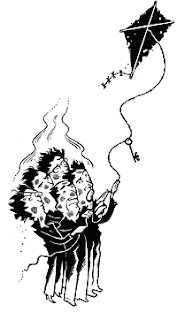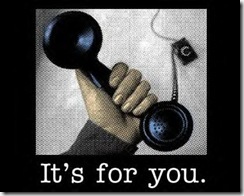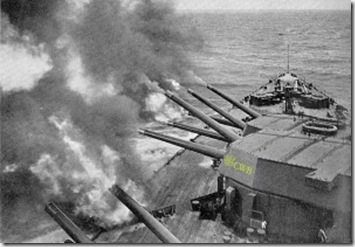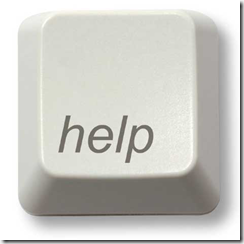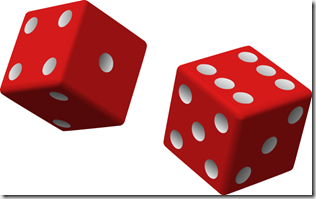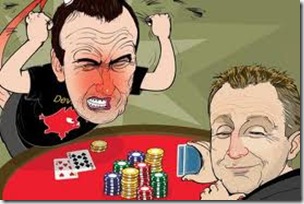Management is part of the organisational paradigm. 100 years ago, Fayol wrote his studies, which were applied to the Military, Government and Business. Now in 2010, we simply must challenge the Paradigm in the light of Technological, Social, Political and Economic Changes.
What are the Myths, Rites, and Rituals, Symbols, Power and Control structures of 2010?
I will address my working life of 40 years, 1970-2010. The major Change that has occurred is in Technology, the speed of information and therefore the speed of events. The impact of this has been to flatten the world, from Hierarchical structures to Horizontal structures (Read The World is Flat by T. Friedman or Wikinomics by Don Tapscott)
Forty years ago, a monthly report took a day to produce. We in Management worked with information, which was, a month out of date, even a quarter out of date. It was not a problem everything was slower. Today the speed of information is immediate and Global, I am not looking at the past, I am looking at the present. Information, long the source of power, is now distributed. Google anything, search your own or your Firm's database in a sub-second, and there you have the answer. Firms have gone from hierarchies to horizontal collaborations, now it is about interpersonal communications in the network, not interdepartmental communications through a hierarchy. If you still work in a hierarchy, you just have not received the e-Memo yet!
Now, three kinds of Collaboration replaced Command and Control
- Strategic Collaboration,
this is indispensible collaboration, if you do not have this you cannot survive. Examples Sales and Customers, Sales and Marketing,
- Comprehensive Collaboration,
Finance, HR, Legal and other corporate functions can be outsourced to specialist providers or kept in-house,
but need comprehensive agreement to deliver to the Firm in a secure, effective, reliable and confidential manner
- Pragmatic Collaboration
Manufacturing and Production, R&D, After-Sales Service each of these is a build or buy decision. Many have been both outsourced and off-shored but need Pragmatic Collaboration agreements which guarantee supply and protect Intellectual property rights
These new Collaborations of Providers, Customers and even Competitors, do not work based on 'Command and Control'. The New Paradigm is based on networks, people-to-people instant communication. The "management" caterpillar has metamorphosed into Connecting, Convening, Collaborating and Consensus a beautiful and completely different creature, a butterfly. There remains a Leadership role of convening the meetings, face to face, by video, audio, text or email. Drucker said that the primary role of the executive is to take decisions, we are ALL taking part in decisions now, and we are all executives now.
We have a completely new series of opportunities:
- To build resources, personal networks (like LinkedIn), person to person networks
- To innovate-use crowd sourcing, (it now forms more than 50% of Proctor and Gambles R&D read CEO A.G. Lafley's book The Game-Changer)
- Alternatively, simply to stay in the cocoon.

